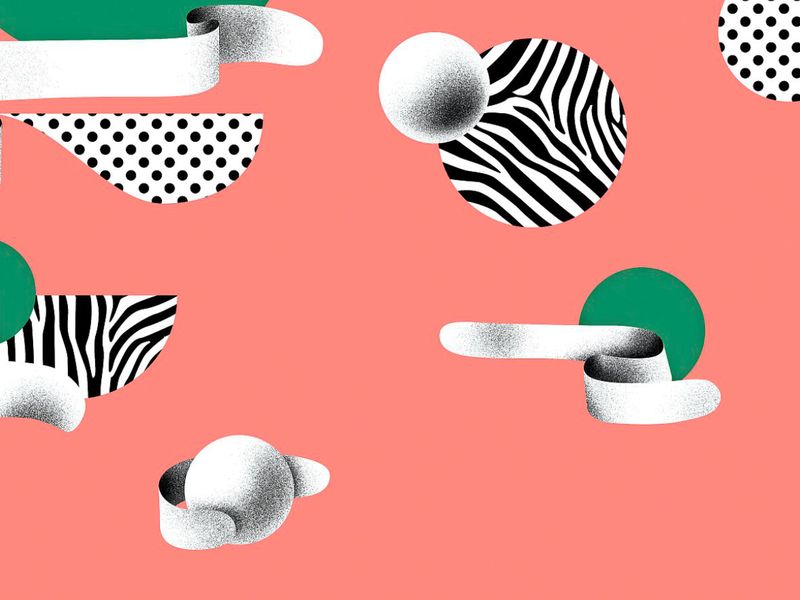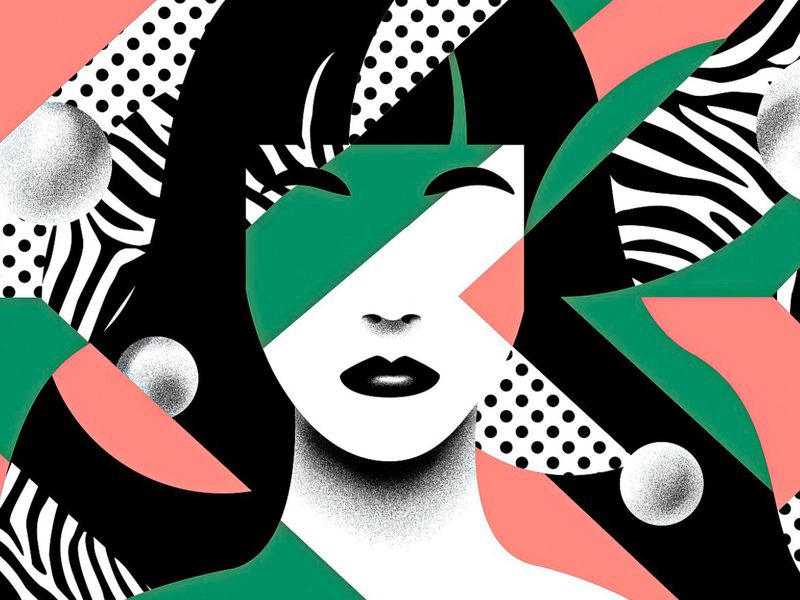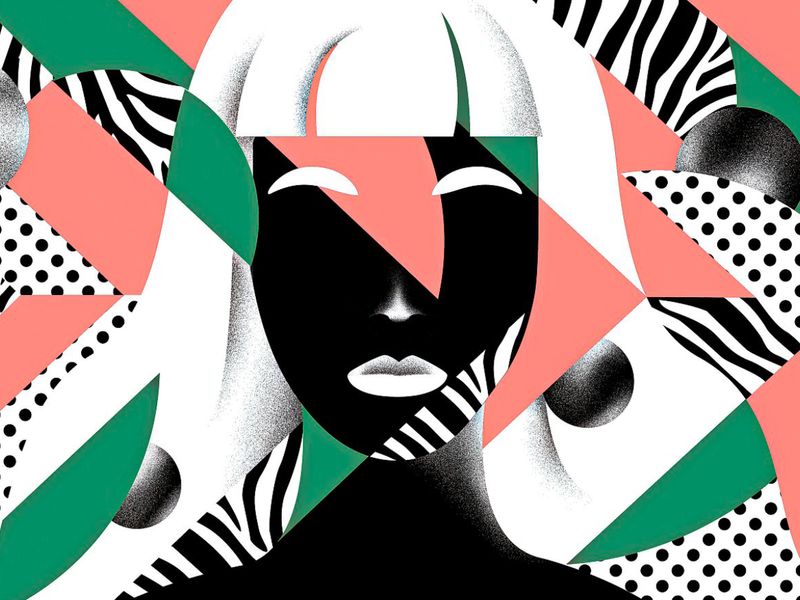

Expeditious, in Biblical times, the Hebrews concluded that all mental illnesses came from a dispute between an individual and God. For the Greeks of antiquity, our temperaments were defined by the disorder of four moods, among which black bile generated melancholy. This theory attributed to the Greek doctor Hippocrates later inspired symbolic writers like Baudelaire, who drew on these ideas to write his sulphurous collection of poems, Les Fleurs du mal. (He made use of the word “spleen,” which means bad mood.) From the possession of saints to the hysterics of Salpêtrière to witch hunts, madness, either individual or collective, has fluctuated throughout the centuries. Long kept under the influence of religion, mental illness has exploded with the advent of psychoanalysis and neuroscience. Today, our souls are branching out thanks to new technologies.
Peter Pan Complex
In a time of inveterate youthism, this syndrome first theorised in the 1980s takes its name from the eponymous theatre piece by J. M. Barrie. It’s the archetype of the “boy who doesn’t want to grow up” or the puer aeternus (eternal child). A pathology that specifically affects men, its symptoms thrive among bachelors incapable of growing up, narcissists and the emotionally immature. These social impotents, as psychologists call them, take refuge in substances and infantilising romantic relationships. One of the most famous is Michael Jackson, who transformed his California ranch into an amusement park. Far from nostalgia, Peter Pans aren’t looking for a lost world of their childhood. Rather, they’re looking to find it intact in adulthood. Legitimised by our leisure society, these video game enthusiasts are encouraged in their neuroticism by the playfulness that defines our era.
Korsakoff Syndrome
The intrigue of Memento, the film by Christopher Nolan, centres around Korsakoff syndrome, an affliction that destroys short-term memory, leaving the patient in his own history and provoking false recognitions. Caught in the imbroglio of hunting his wife’s murderer, victim of a trauma that has deprived him of his recent memories, the hero tracks down the killer by constituting an artificial memory using Polaroid photos and tattoos to remember information he would otherwise immediately forget. The narrative construction takes the form of a long flashback that faithfully reproduces his effort to regain memories. In neurology, brain tumours and the pro-longed effect of drinks are used to explain this type of retrograde amnesia. Individuals who are stuck at a specific date in their lives and incapable of remembering their illness become shocked by how much their friends have aged and by how much their environments have changed.

Addiction
Last June, video games were officially added to the list of addictions. This behavioural pathology adds to the many forms of dependence created by the introduction of new technologies to our lives. In Asia, where many video games are made, there are reeducation camps. In Europe, clinics to help cure addiction to social media, shopping, work, plastic surgery...
OCD and Rituals
Long gone are the heavy and slow pathologies that punctuate the literary works of the past. We’re in an epoch of nervous obsession permeating every-day life. In films like The Aviator by Scorsese or Adaptation by Spike Jonze, characters with OCD are finding more screen time. Signalling a deep anxiety about the instability of the world, the sick— washers, auditors — fall within the social norm of control and cleanliness that our society values.
New dependencies created by the rhythm of technologies that have invaded our lives
Aspergers and Autism
Autism entered the collective conscience with the film Rain Man. Since then, the vast spectrum of autism symptoms has influenced many fictional characters, including the detective in the Scandinavian show, The Bridge. Cold and hyper-intelligent, her lack of empathy is a dramatic force in the show’s intrigue. By the way, a record number of Silicon Valley leaders have been diagnosed with mild forms of Asperger’s. Medicine has recently identified brain damage in some patients. Some are unable to calculate a simple operation but can easily deduce the day of the week when given a date at random or count the number of peas in a jar in a fraction of a second. Recently, an internal Pentagon report was leaked revealing that President Putin may have Asperger’s. He joins a long list of celebrities, including Marie Curie, Einstein, Steve Jobs, Woody Allen and Lionel Messi.

Prosopagnosia
The case of Doctor P., a distinguished musician, in Oliver Sack s’ The Man Who Mistook His Wife For a Hat has the most intriguing paradoxes. Suffering from prosopagnosia, the man is unable to recognise faces, expressions, or even the difference between a glove and a rose. The neurologist reveals the incredible contradictions of a man who is capable of teaching music but unable to distinguish between his students, the visual part of his brain so deteriorated as to prevent any identification. His musical sense allows him to accomplish daily tasks like get dressed or eat. By singing, he’s able to survive. Better diagnosed, this pathology helps explain the behaviour of certain people who, like Brad Pitt, Thierry Lhermitte or Philippe Vandel, have been accused of arrogance!
Tourette Syndrome
The story of Gilles de la Tourette’s illness is a phenomenal one all on its own. Discovered in 1885 by a student of Charcot who gave it his name, the illness is characterised by an excess of movements and strange behaviour. It’s now widely believed that many artists were afflicted, including Mozart. After it was first discovered, several other cases were described, but it fell into relative obscurity until 1971. Advances in neuroscience confirmed Tourette’s intuition by isolating parts of the brain that govern impulses. In a way, the syndrome is a missing link between the body and the mind. Suffering from an excess of neurotransmitters and dopamine, Tourettians underscore social hypocrisy, as in the absurd scene in The Square, Palme d’or 2017, where a man with Tourettes interrupts a contemporary art conference and people don’t know how to react.
Bipolarity, the evil of the century
Following the path of similar pathologies that are now less well known, manic-depression, which afflicts up to 6 percent of the population, is the new evil of the century. Difficult to diagnose and often poorly understood because it afflicts many people who are socially well integrated, the pathology is characterised by alternating euphoric and depressive states. Many stars have been revealed to be bipolar, including Jim Carrey, Catherine Zeta-Jones and Benoît Poelvoorde. It’s often treated with lithium. But it ’s also often misdiagnosed. This is a sign of how much an epoch can identify itself with an illness. A mirror of our world, bipolar people follow a cycle that moves from a celebration of performance and hyperactivity to a moral collapse and feeling of helplessness. Every century elects a suitable pathology.


